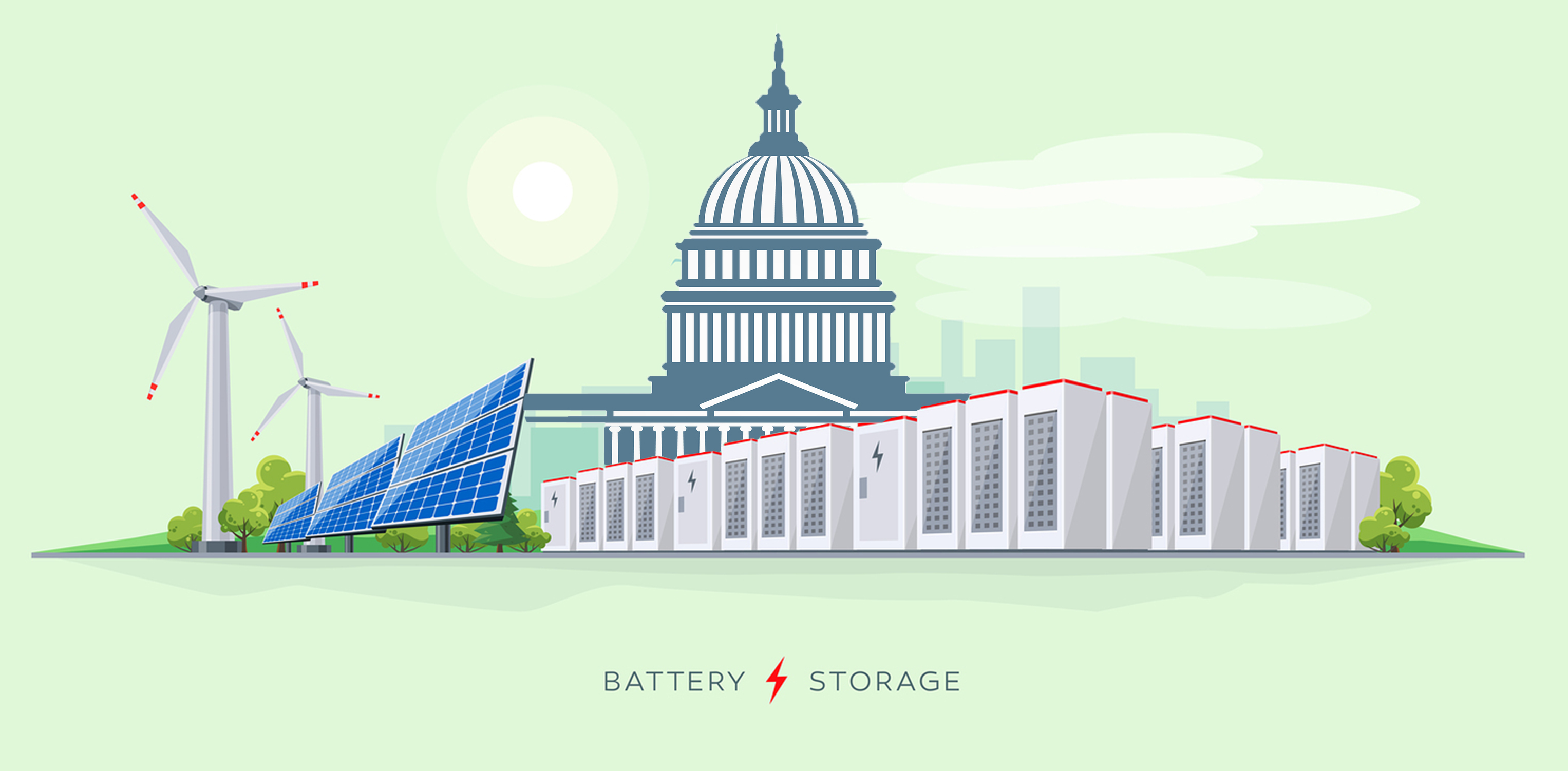Battery economics could power the future of energy
Prof. Johanna Mathieu of EECS and Prof. Catherine Hausman of Public Policy are heading a new project to explore the social costs and benefits of battery energy storage on the electrical grid.

 Enlarge
Enlarge
In a new interdisciplinary project funded by the Alfred P. Sloan Foundation, Johanna Mathieu, Assistant Professor of EECS, and Catherine Hausman, Assistant Professor of Public Policy, will evaluate the past and potential future impact of batteries on the nation’s energy system. This research has the potential to help guide future energy policies and investment in battery storage, especially in the area of renewable energy.
“We’re estimating how increasing the number of batteries on the system may change the mix of energy generation in the future,” Prof. Mathieu said. “The goal is to determine how to change policy so that battery storage achieves both our environmental and economic goals.”
Battery storage can provide several services to the power grid. In particular, battery storage is a promising method for integrating renewable energy into the grid. Since the energy generated by renewable sources – such as solar or wind power – is variable, it can be difficult to manage. Battery storage helps mitigate this variability, but batteries are still expensive, so they have not been widely deployed. As such, we have very little real-world evidence for how using batteries for grid services impacts grid operation and the environment. In addition, despite its possible benefits to the environment, the market may not offer enough incentive to increase the amount of battery storage on the grid, even in deregulated markets.
The goal is to determine how to change policy so that battery storage achieves both our environmental and economic goals.
Prof. Johanna Mathieu
“Solar and wind have both gotten a lot cheaper, but it really depends on the location and the time of day,” Prof. Hausman said. “There are definitely parts of the country where renewable energy is cheapest, but this is a really dynamic industry and policy area. To craft appropriate policies, more analysis is really important.”
Prof. Hausman will analyze data from the largest electricity market in the Northeast, called PJM Interconnection. PJM has had a significant growth in battery storage, and Prof. Hausman will use statistical tools and data-driven approaches to examine the effects this growth has had on the economics of the electrical grid and other generating units. She will specifically examine how past policies and technologies affected the energy infrastructure.
“If you want to think about how your new energy invention or your new algorithm or your new idea is going to play out, you’ve got to think about the business side from the utility’s perspective,” Prof. Hausman said. “You’ve got to consider how they’re going to respond in a regulated environment.”
While Prof. Hausman examines the economic effects, Prof. Mathieu will use the data from PJM to build and validate grid models and use those models to explore the impact of battery storage on the grid and the environment. Specifically, she will examine how increased battery storage affected PJM’s ability to integrate renewable energy, and use this data to predict how future grids may operate. She will also work with Prof. Hausmann to design new storage policies and explore how grid operation and environmental impacts would change under those policies.
The research would be of particular interest to electricity grid operators, who are thinking about how to increase battery storage on their systems.